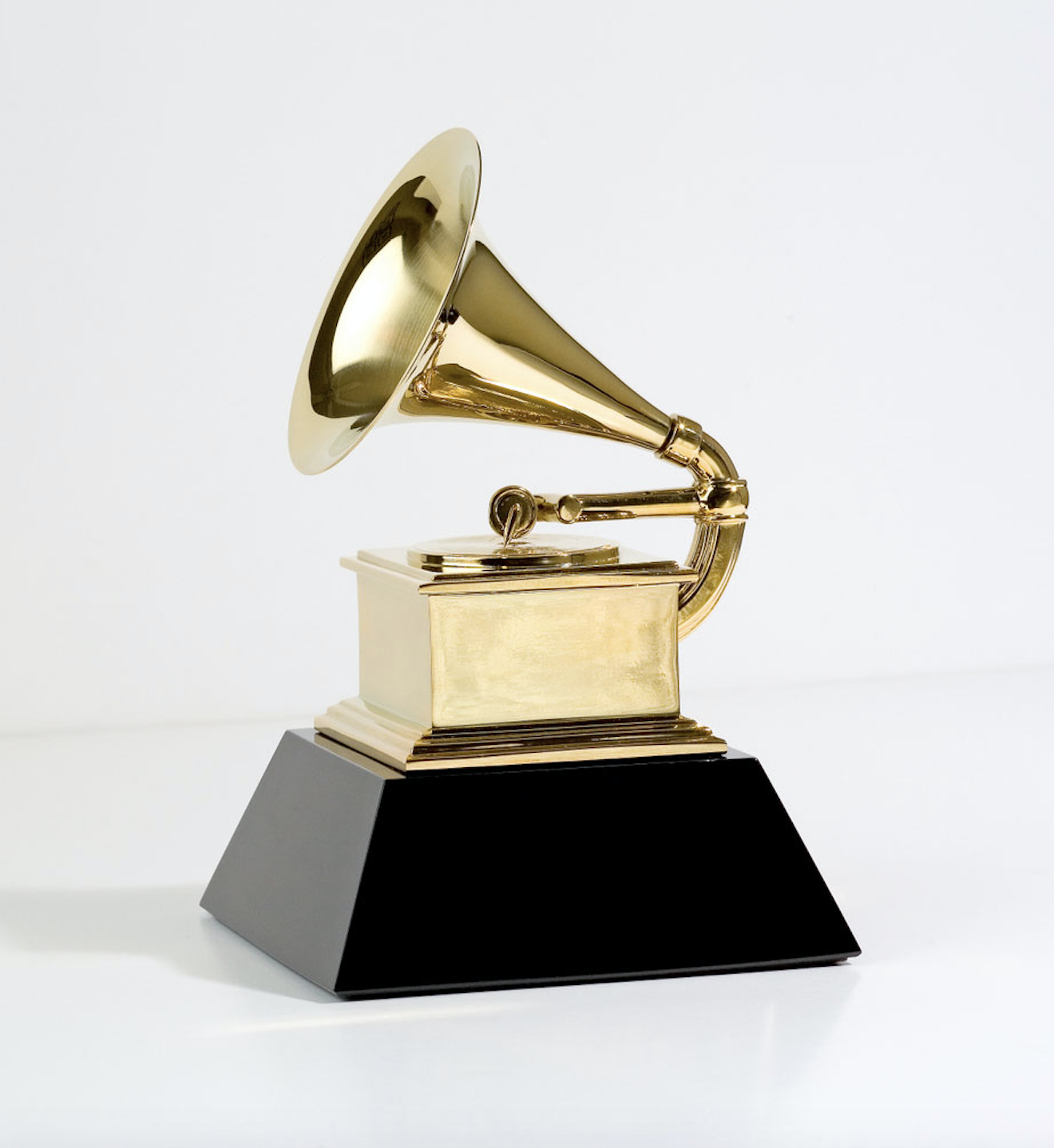Using an interactive tool with data derived from ratemyprofessors.com, the reviews describing male and female professors showed gender bias depending on the word searched.
Benjamin Schmidt, assistant professor of history at Northeastern University, aggregated 14 million reviews from ratemyprofessors.com and created a search engine to see how words compared between professors depending on field and gender, concluding that certain positive words were descriptive of males more than females.
One of the most surprising results was the “spectrum from smart to brilliant to genius, where each one of those is more strongly gendered male than the previous one was,” Schmidt told the New York Times.
Schmidt provided a list of words overrepresented in gender bias on his website. Words like funny, arrogant, and entertaining have a male gender bias while words like rude, sweet, unorganized and terrible have a female gender bias.
The word “cool” is more commonly used for men than women, with the biggest difference being a difference of 72 mentions, with communication being the highest field displaying bias The word “worst” is more commonly used for female professors and most frequently found among engineering professors.
The study on gender bias in higher education is not new and is especially prevalent for women in the STEM fields, which include science, technology, engineering and mathematics.
A study published in the Proceedings of the National Academy of Sciences in 2012, 127 science professors were told to analyze a hypothetical resume to hire a lab manager, evaluate their credentials, suggest a certain salary and say how much they would mentor the student. Half of the professors were given a male resume, the other a female, but both contained the same credentials.
At the end of the study, the scientists evaluated the hypothetical male as someone they would preferably hire and give a bigger salary.
Although the authors admitted there were large gaps in the study, the significant factor is how male and females perceive studies about bias.
“[M]any current STEM diversity initiatives rest on the theory that exposing participants to evidence of gender bias will ultimately reduce bias and enhance diversity,” said Inside Higher Ed.
But, if the results of these studies produce a highly sexist, reactionary justification, then it might not be a means to reduce discrimination, said Inside Higher Ed.













